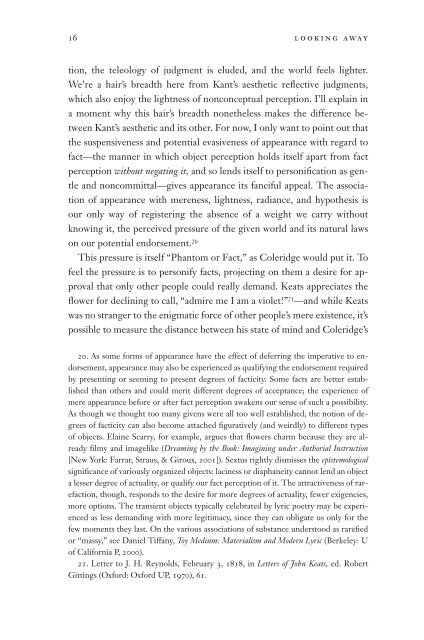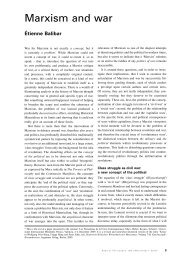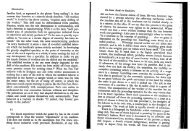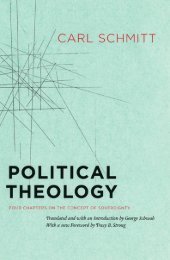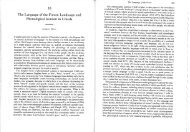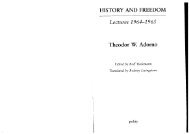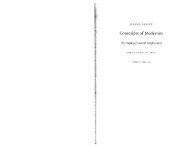Terada - Looking Away (Selections).pdf - Townsend Humanities Lab
Terada - Looking Away (Selections).pdf - Townsend Humanities Lab
Terada - Looking Away (Selections).pdf - Townsend Humanities Lab
You also want an ePaper? Increase the reach of your titles
YUMPU automatically turns print PDFs into web optimized ePapers that Google loves.
16 looking away<br />
tion, the teleology of judgment is eluded, and the world feels lighter.<br />
We’re a hair’s breadth here from Kant’s aesthetic reflective judgments,<br />
which also enjoy the lightness of nonconceptual perception. I’ll explain in<br />
a moment why this hair’s breadth nonetheless makes the difference between<br />
Kant’s aesthetic and its other. For now, I only want to point out that<br />
the suspensiveness and potential evasiveness of appearance with regard to<br />
fact—the manner in which object perception holds itself apart from fact<br />
perception without negating it, and so lends itself to personification as gentle<br />
and noncommittal—gives appearance its fanciful appeal. The association<br />
of appearance with mereness, lightness, radiance, and hypothesis is<br />
our only way of registering the absence of a weight we carry without<br />
knowing it, the perceived pressure of the given world and its natural laws<br />
on our potential endorsement. 20<br />
This pressure is itself “Phantom or Fact,” as Coleridge would put it. To<br />
feel the pressure is to personify facts, projecting on them a desire for approval<br />
that only other people could really demand. Keats appreciates the<br />
flower for declining to call, “admire me I am a violet!” 21 —and while Keats<br />
was no stranger to the enigmatic force of other people’s mere existence, it’s<br />
possible to measure the distance between his state of mind and Coleridge’s<br />
20. As some forms of appearance have the effect of deferring the imperative to endorsement,<br />
appearance may also be experienced as qualifying the endorsement required<br />
by presenting or seeming to present degrees of facticity. Some facts are better established<br />
than others and could merit different degrees of acceptance; the experience of<br />
mere appearance before or after fact perception awakens our sense of such a possibility.<br />
As though we thought too many givens were all too well established, the notion of degrees<br />
of facticity can also become attached figuratively (and weirdly) to different types<br />
of objects. Elaine Scarry, for example, argues that flowers charm because they are already<br />
filmy and imagelike (Dreaming by the Book: Imagining under Authorial Instruction<br />
[New York: Farrar, Straus, & Giroux, 2001]). Sextus rightly dismisses the epistemological<br />
significance of variously organized objects: laciness or diaphaneity cannot lend an object<br />
a lesser degree of actuality, or qualify our fact perception of it. The attractiveness of rarefaction,<br />
though, responds to the desire for more degrees of actuality, fewer exigencies,<br />
more options. The transient objects typically celebrated by lyric poetry may be experienced<br />
as less demanding with more legitimacy, since they can obligate us only for the<br />
few moments they last. On the various associations of substance understood as rarefied<br />
or “massy,” see Daniel Tiffany, Toy Medium: Materialism and Modern Lyric (Berkeley: U<br />
of California P, 2000).<br />
21. Letter to J. H. Reynolds, February 3, 1818, in Letters of John Keats, ed. Robert<br />
Gittings (Oxford: Oxford UP, 1970), 61.


